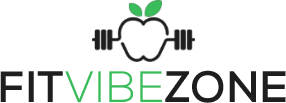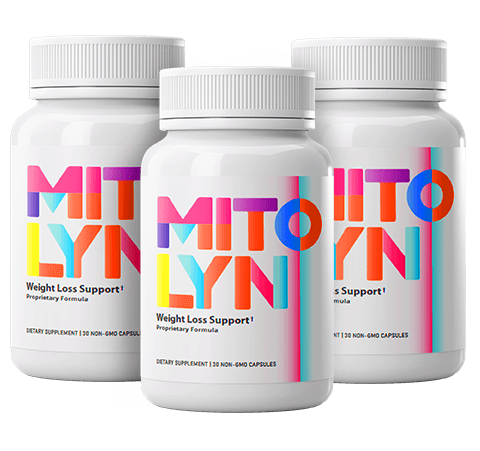Maximize Your Muscle Recovery: Top Strategies for Fast Healing
Whether you’re a seasoned athlete or just starting out on your fitness journey, muscle recovery is a crucial aspect of training that often gets overlooked. In order to see optimal results and prevent injuries, it’s important to prioritize recovery just as much as you do your workouts. Here are some top strategies to help you maximize your muscle recovery and achieve fast healing.
1. Stay Hydrated
One of the simplest yet most effective ways to support muscle recovery is by staying hydrated. Water plays a vital role in the body’s ability to repair and rebuild muscle tissue, so make sure you’re drinking enough throughout the day. Aim for at least 8-10 glasses of water daily, and consider adding electrolytes to your water to replenish any lost during intense workouts.
2. Get Plenty of Rest
Rest is when your muscles actually repair and grow stronger, so it’s important to prioritize sleep and rest days in your training schedule. Aim for 7-9 hours of quality sleep each night, and listen to your body when it tells you it needs a break. Overtraining can lead to decreased performance and increased risk of injury, so make sure you’re giving your body the rest it needs to recover properly.
3. Eat a Balanced Diet
Nutrition plays a key role in muscle recovery, so make sure you’re fueling your body with the nutrients it needs to repair and rebuild muscle tissue. Aim to eat a balanced diet rich in lean proteins, healthy fats, and complex carbohydrates to support muscle recovery and overall performance. Consider adding protein-rich foods like chicken, fish, and tofu to your meals, as well as antioxidant-rich fruits and vegetables to reduce inflammation and support recovery.
4. Incorporate Stretching and Mobility Work
Stretching and mobility work can help improve flexibility, reduce muscle soreness, and prevent injuries. Make sure to include some form of stretching or mobility work in your routine, whether it’s before or after your workouts. Yoga, foam rolling, and dynamic stretching are all great options to help improve flexibility and range of motion, which can ultimately support muscle recovery.
5. Use Recovery Tools
There are a variety of recovery tools available that can help speed up muscle recovery and reduce soreness. Foam rollers, massage guns, and compression sleeves are all popular options that can help improve circulation, reduce inflammation, and promote healing. Consider incorporating these tools into your routine to help maximize your muscle recovery and reduce the risk of injury.
6. Stay Consistent
Consistency is key when it comes to muscle recovery. Make sure you’re following a consistent workout routine, staying hydrated, eating a balanced diet, and getting enough rest to support optimal recovery. Consistency will not only help you see faster results, but it will also help prevent injuries and keep you performing at your best.
7. Listen to Your Body
Lastly, it’s important to listen to your body and adjust your training accordingly. If you’re feeling fatigued or sore, don’t push through the pain – take a rest day or modify your workout to give your muscles time to recover. Pay attention to any signs of overtraining, such as decreased performance, increased soreness, or persistent fatigue, and make sure to adjust your training as needed to prevent injuries and support optimal recovery.
Conclusion
By incorporating these top strategies into your routine, you can maximize your muscle recovery and achieve fast healing. Remember to stay hydrated, get plenty of rest, eat a balanced diet, incorporate stretching and mobility work, use recovery tools, stay consistent, and listen to your body to support optimal recovery and prevent injuries. Prioritizing recovery is essential for seeing optimal results and staying healthy and injury-free in your fitness journey.










